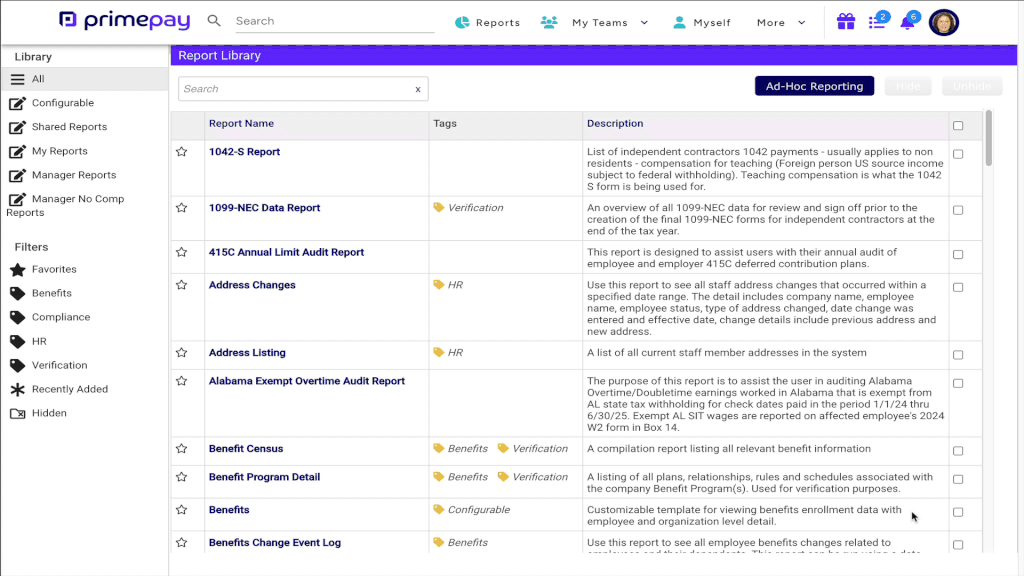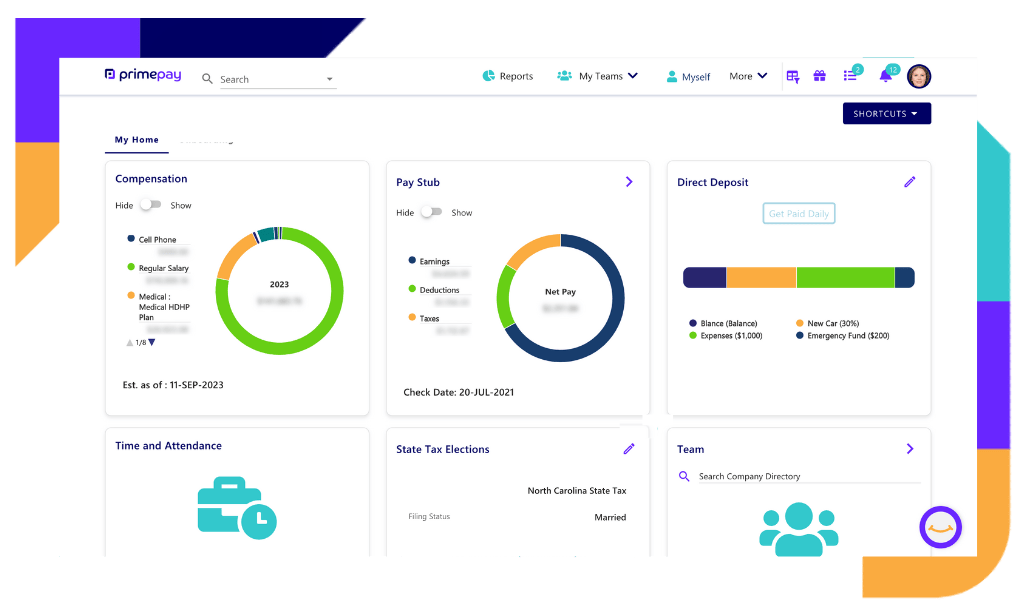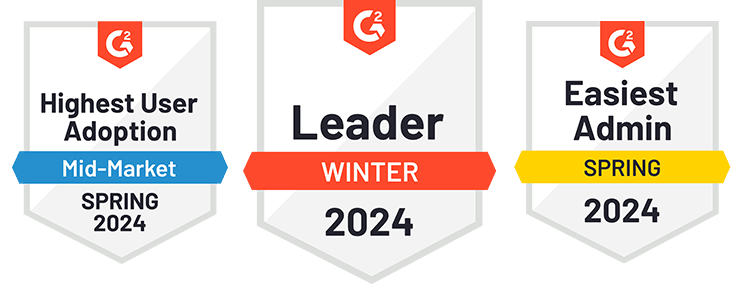Eighty percent of organizations have an HR system in place, which is great…except that 36% of HR leaders say their technology isn’t adequate. Where’s the disconnect?
While we don’t have a crystal ball, it’s safe to say that many organizations invest in HR systems to solve current problems instead of ones that scale with their company.
So whether you’re shopping for a new solution or are new to HR technology, it’s important to understand the benefits of HR software and its key features. With this information, you can better select the right system for your organization (now and in the future), maximize your ROI, and equip your HR team with the tools needed to succeed.



